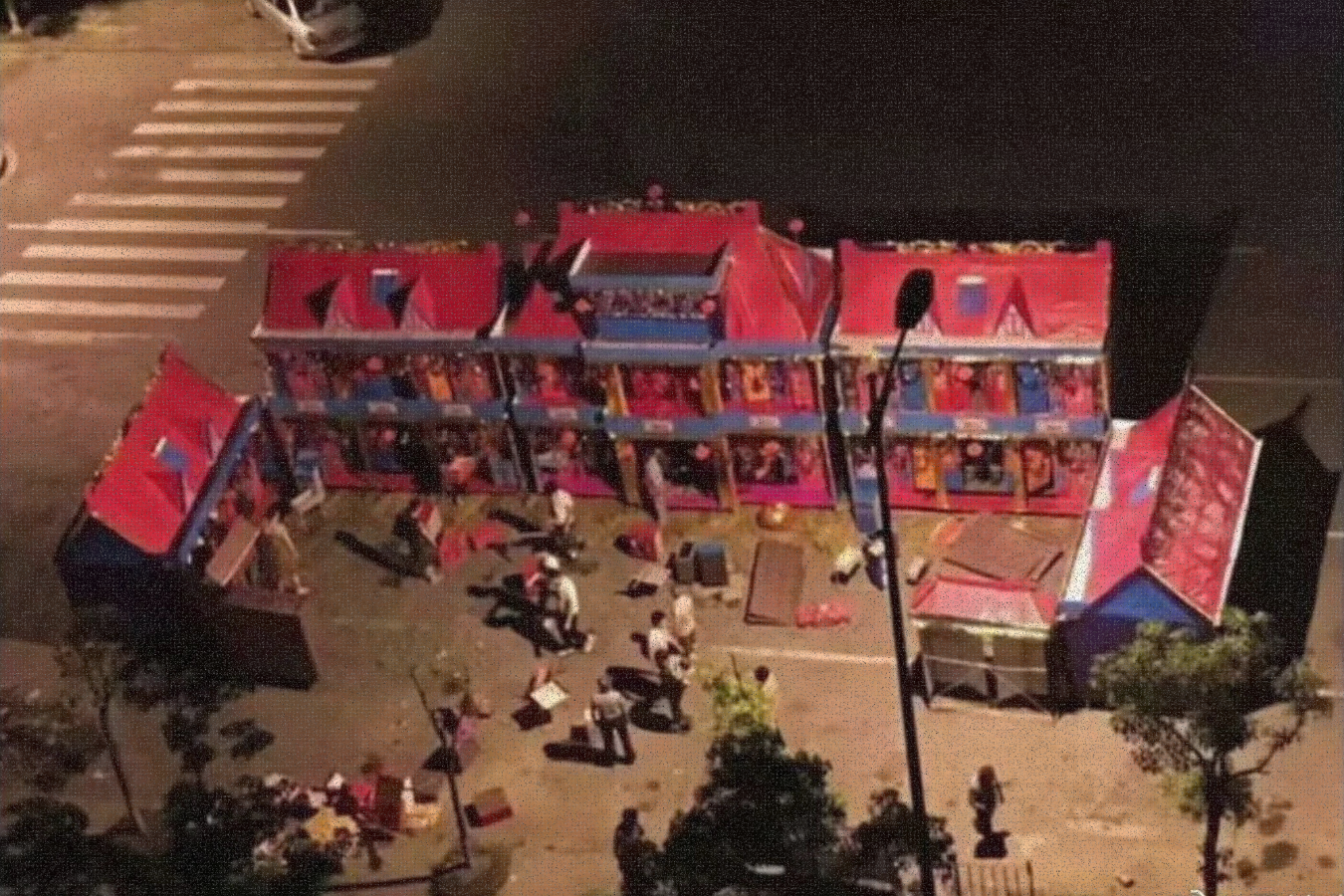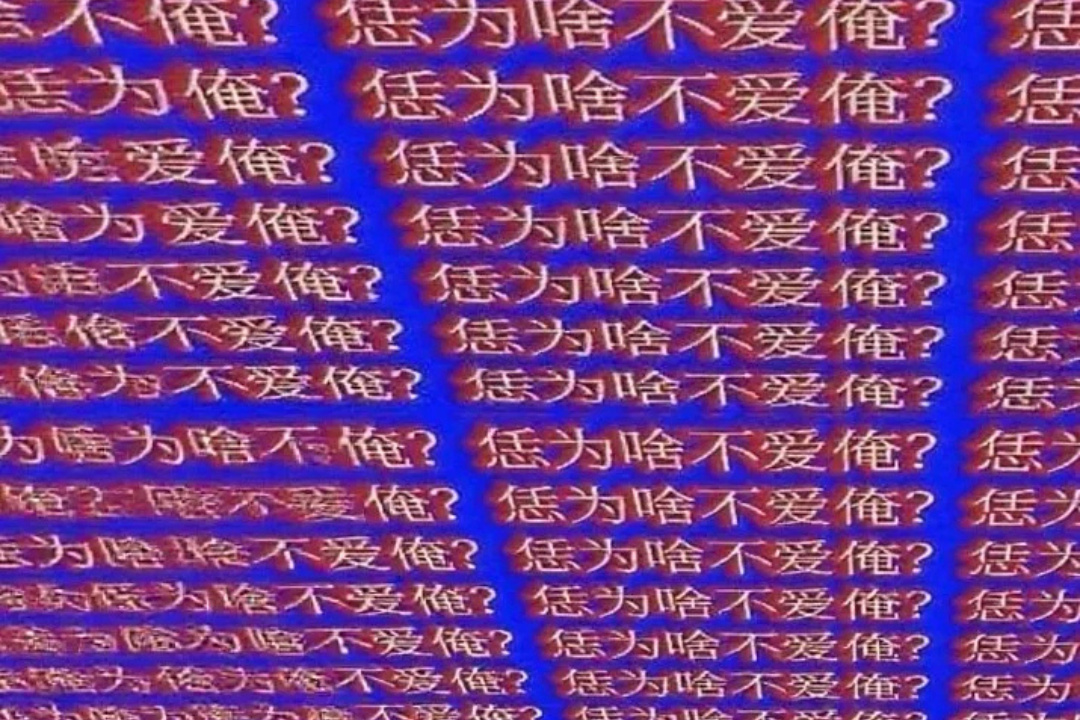Remember Zhizha, the resurgence of traditional funeral paper art? It was a revival that has captivated Chinese youth to the extent that some were willing to spend over a month’s salary to enroll in specialized classes. In southern China, this ancient craft is experiencing a remarkable revival on an even grander scale.

In Nantong, Jiangsu Province, the traditional funeral art known locally as Zhiku involves constructing large, intricate paper houses—referred to as “Ku”—to honor the deceased. These structures, often spacious enough for a person to enter, are typically burned during memorial ceremonies such as Wuqi (the fifth week after death) and Daji (a significant anniversary, often the tenth year), symbolizing the family’s wishes for the departed to enjoy prosperity in the afterlife.
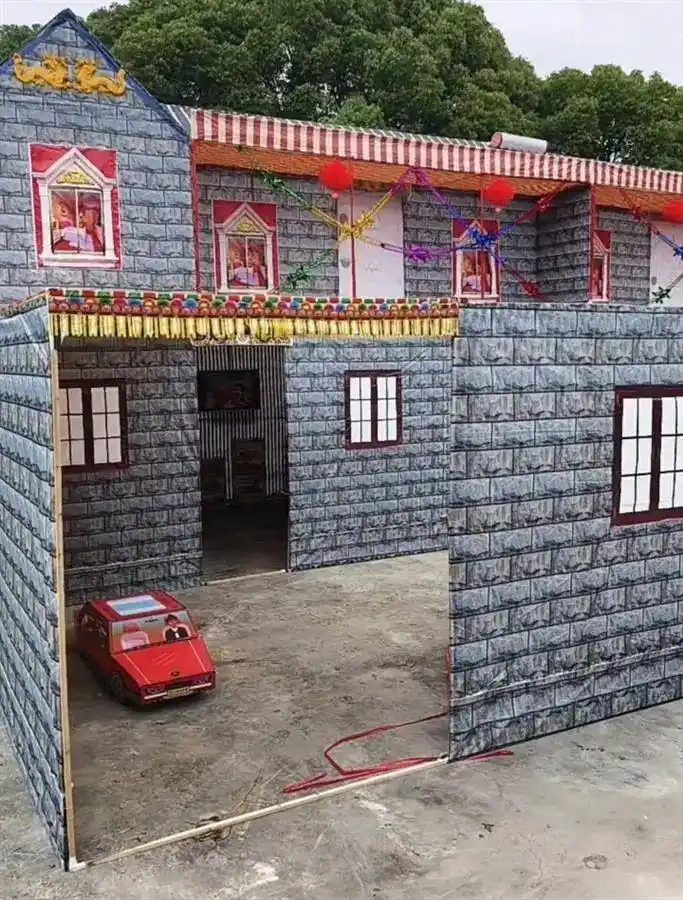
The scale and realism of these paper villas have grown over time, with some costing up to 6,800 RMB (approximately $931 USD). However, safety concerns have arisen. In 2017, a fire outbreak was caused by one of these paper villa burnings. Firefighters at the scene had to use a high-pressure water jet to extinguish it. This incident prompted Nantong authorities to implement regulations banning the incineration of such elaborate funeral artifacts.
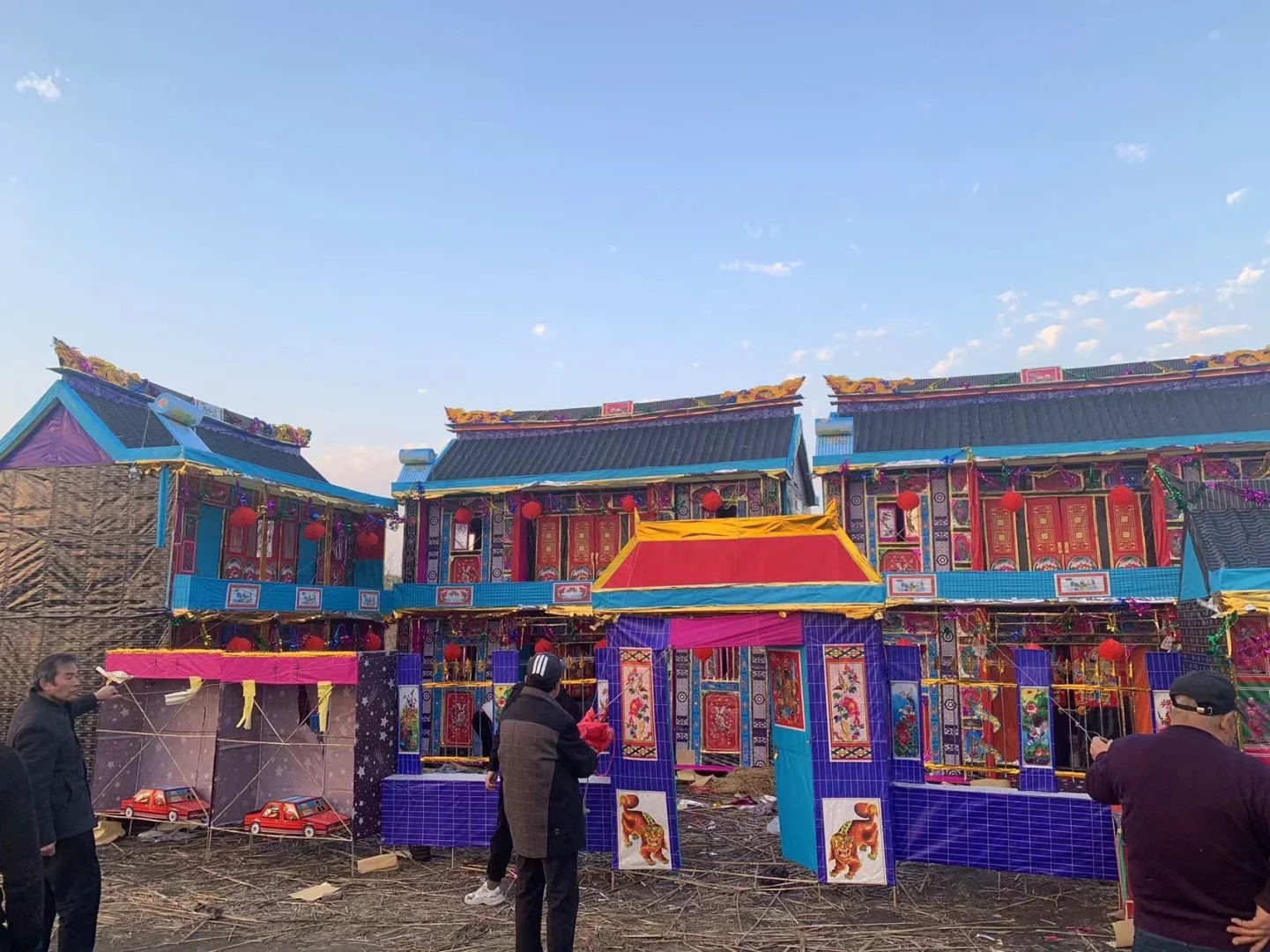
Despite these restrictions, the tradition persists. Ahead of the Qingming Festival, a period when ancestral veneration is customary, local artisans reported being fully booked, indicating sustained demand for Zhiku creations.

Similar practices exist in other regions. In China’s Minnan area, as well as in coastal communities of Malaysia and Taiwan, rituals like the Ong Chun (also known as Wangchuan or Wangkang) ceremony involve burning paper ships to honor sea deities and lost souls. Recognized by UNESCO in 2020 as intangible cultural heritage, these ceremonies underscore the deep-rooted connections between communities and their ancestral traditions.
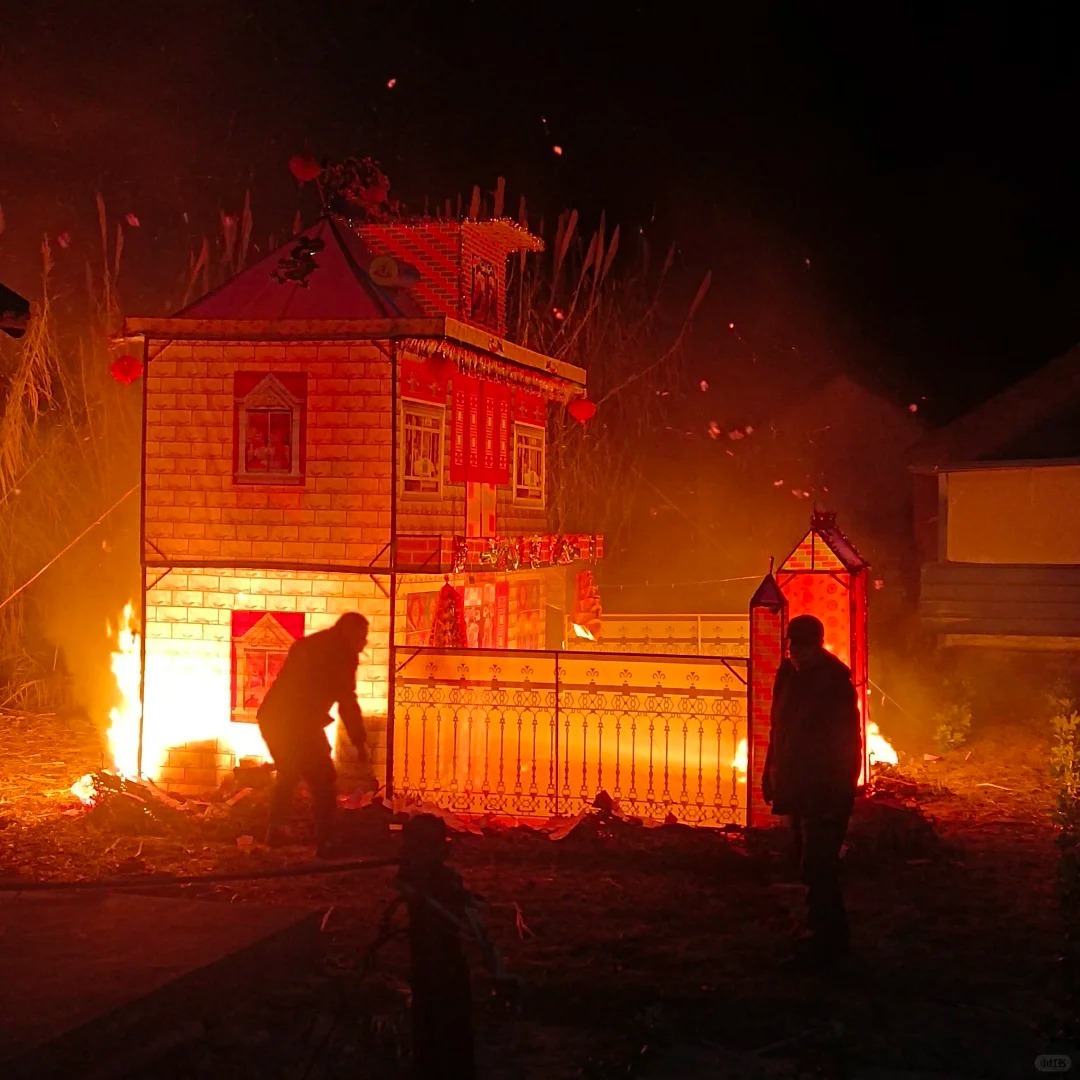
While modern regulations address safety and environmental concerns, they also challenge the continuation of these cultural expressions. Balancing preservation and progress remains a delicate endeavor for communities striving to honor their heritage.
Cover image via Reddit.

